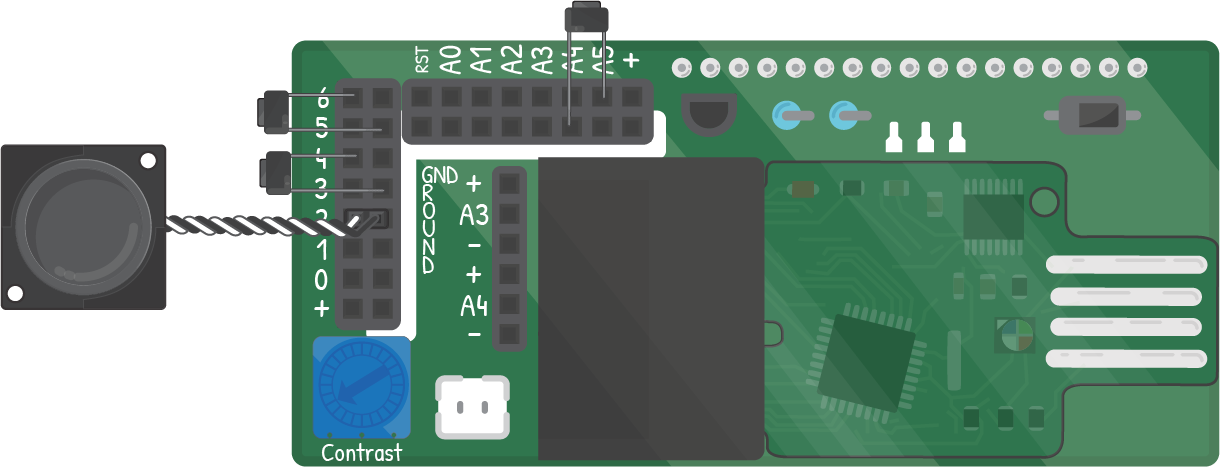Lesson Six: Alarm-Setting Button

In this lesson, you'll add a seemingly simple feature that requires a significant amount of code to implement. Use this lesson to hone your logic skills and think about how the different 'branches' this program could now take.
Topics Covered:
Now that you've built and experimented with the alarm clock, we hope you have some understanding and familiarity with all of the topics we covered.
The indentation and styling of lines 110-175 is critical to understanding how everything flows together. Looking back on the code now, you can see why it's so important to build good style habits. Without these, even the best code is nearly impossible to share with someone else who may improve it even further.
Good luck with the modifications you'll make to your alarm clock!

